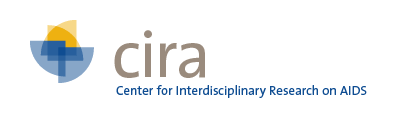| Title | Expanded screening for HIV in the United States--an analysis of cost-effectiveness. |
| Publication Type | Journal Article |
| Year of Publication | 2005 |
| Authors | Paltiel, David A., Milton C. Weinstein, April D. Kimmel, George R. Seage, Elena Losina, Hong Zhang, Kenneth A. Freedberg, and Rochelle P. Walensky |
| Journal | The New England journal of medicine |
| Volume | 352 |
| Issue | 6 |
| Pagination | 586-95 |
| Date Published | 2005 Feb 10 |
| ISSN | 1533-4406 |
| Keywords | Anti-Retroviral Agents, Antiretroviral Therapy, Highly Active, Computer Simulation, Cost-Benefit Analysis, Disease Progression, Enzyme-Linked Immunosorbent Assay, Health Care Costs, HIV Antibodies, HIV Infections, Humans, Mass Screening, Monte Carlo Method, Quality-Adjusted Life Years, Risk Factors, United States |
| Abstract | Although the Centers for Disease Control and Prevention (CDC) recommend routine HIV counseling, testing, and referral (HIVCTR) in settings with at least a 1 percent prevalence of HIV, roughly 280,000 Americans are unaware of their human immunodeficiency virus (HIV) infection. The effect of expanded screening for HIV is unknown in the era of effective antiretroviral therapy. |
| DOI | 10.1111/j.1524-4733.2010.00763.x |
| Alternate Journal | N. Engl. J. Med. |


